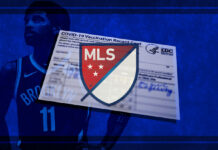Just over a month ago, Nike unveiled a stunning new six-level parking structure for its employees in New York City. Much more than just an average garage, the building is complete with 17 breathtaking murals from international artists, each of which pay tribute to the trademark graffiti donning the streets of the Big Apple.
For an ordinary corporation, the announcement of a new parking garage would receive little fanfare from outside the company. In fact — save for the employees that no longer have to deploy into the war that is street parking — it would probably see the opposite, with the lengthy traffic-inducing construction and eyesore that is a six-story concrete building.
However, Nike is no mundane business. Nothing, not even a parking structure, can be bland if it is associated with the Swoosh. Which is why it was no surprise when it announced that its brand new 1,900-spot garage in the heart of New York City would feature murals from some of the world’s most talented street artists in addition to basketball, futsal, and handball courts.
The 17 murals all pay tribute to NYC’s iconic culture, and range from classic graffiti style to more modern and contemporary art. We caught up with six of the 17 artists to discuss what it was like working on such a monumental project along with their journey through their street art careers.
THE ARTISTS
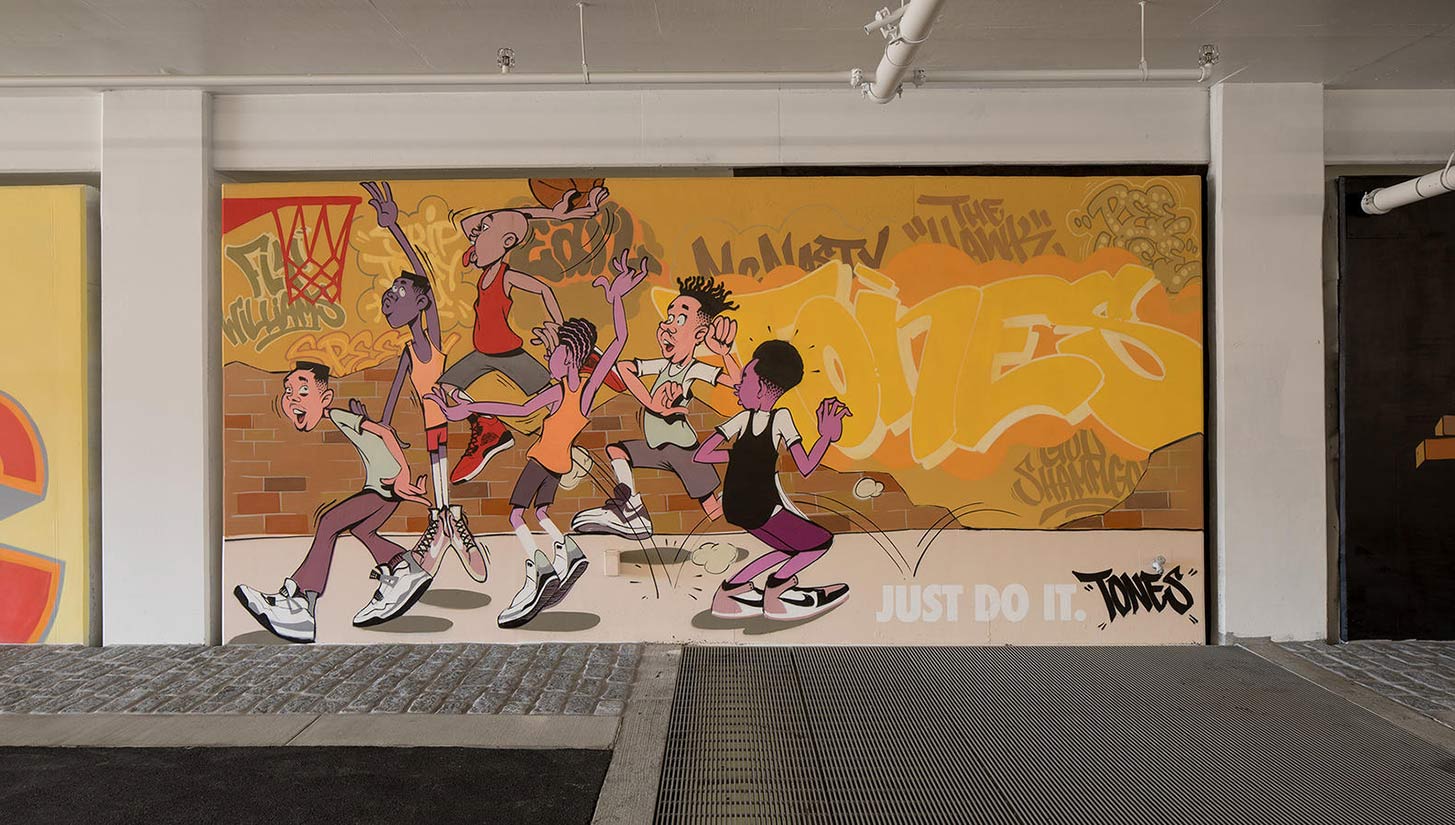
Hailing from Geneva, Switzerland, Tones One has been painting on walls since the early 2000s. His work takes direct inspiration from the golden era of New York graffiti in the ’80s. While he pays tribute to the art from before his time, he continues to inject his own flavor into all of his works, making each one original and progressive.
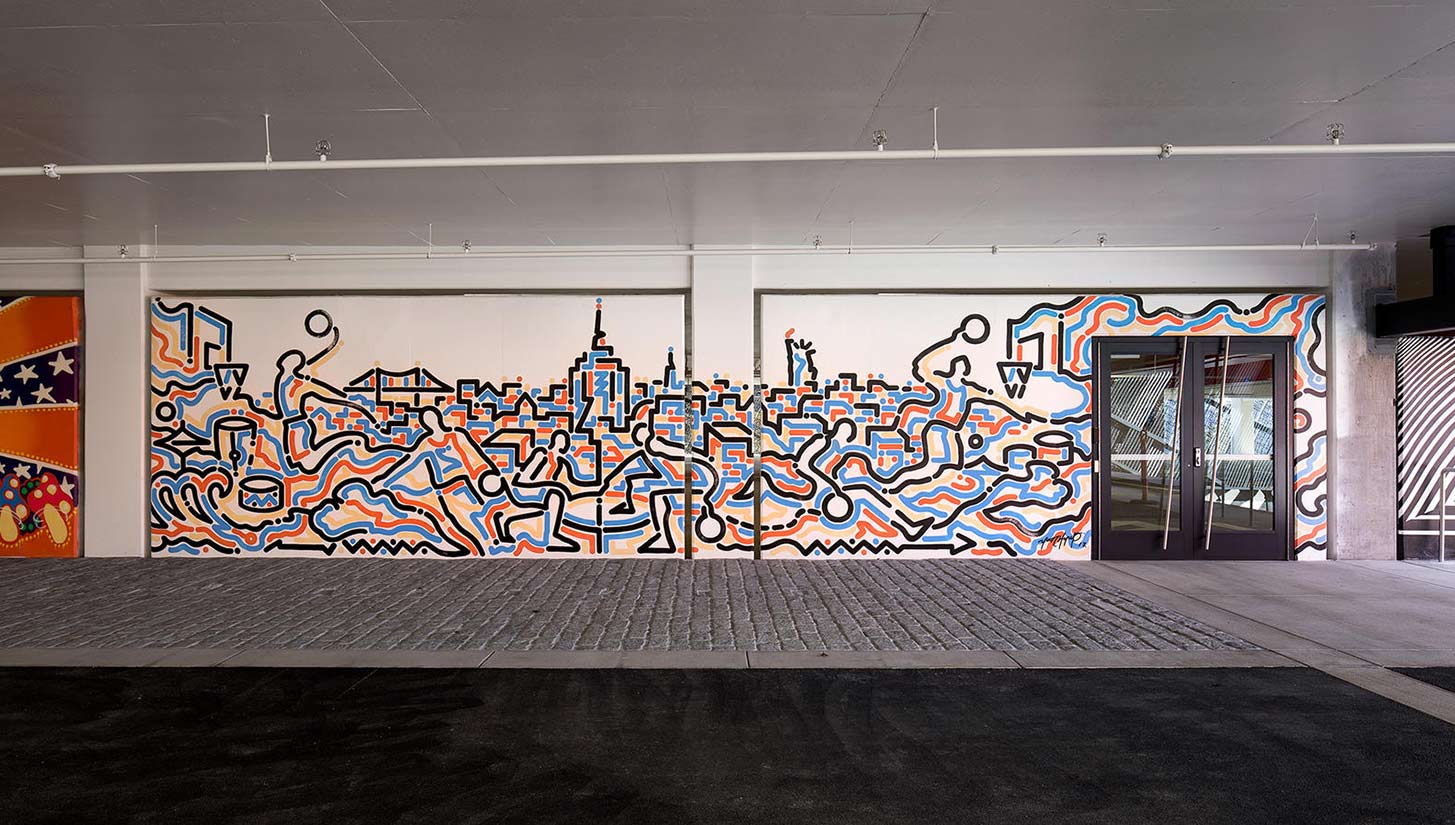
A Korean artist based in New York, Yoon Hyup is inspired by city landscapes, skateboarding culture, and jazz, hip-hop, and funk music. All of his works are done freehand, with no prior sketching.
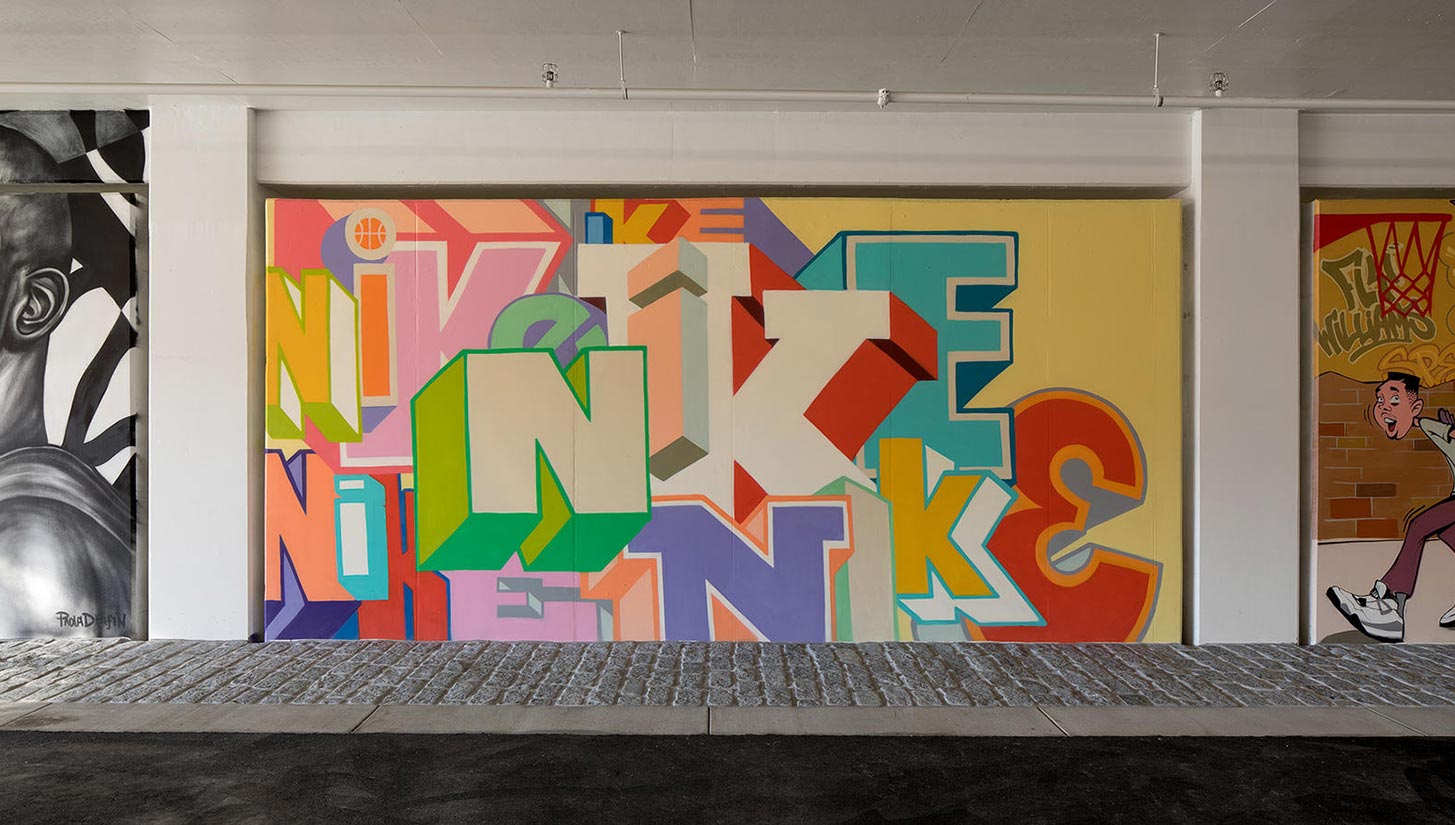
A New York native, SP One, born Greg Lamarche, has been an important figure in the graffiti scene since the early ’80s. In addition to developing his own signature style of lettering, Lamarche published his own graffiti magazine Skills, which showcased some of NYC’s best graffiti artists along with hip-hop legends such as Mobb Deep. Lamarche has also ventured into graphic design, working on projects with brands such as Converse, J.Crew, and Roxy.
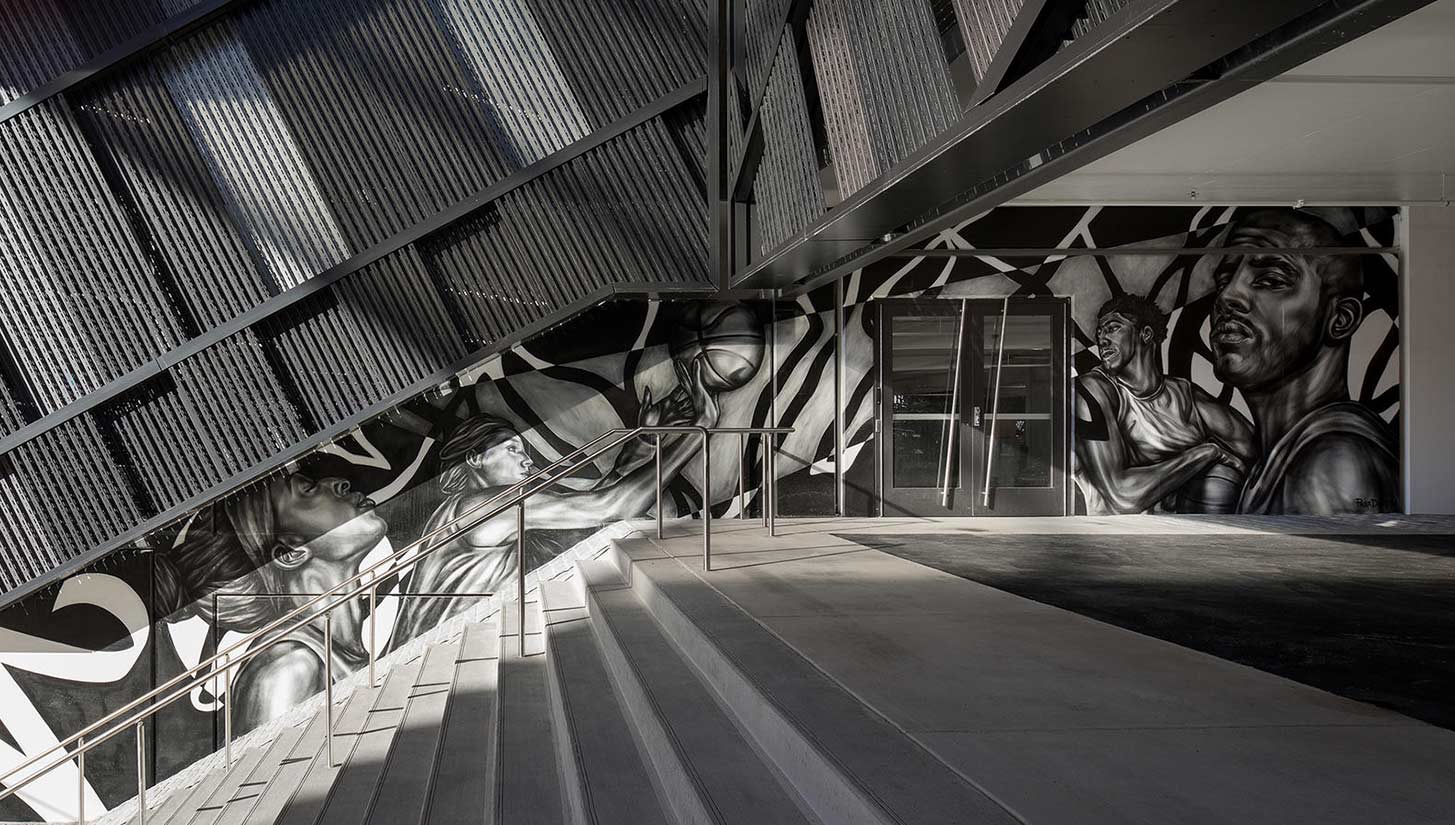
Since her birth in Mexico City in 1989, Paola Delfin has been expressing herself through art. From her early paper and pen works to her massive murals, Delfin wishes to empower women all over the world, giving them simultaneous messages of strength, hope, and beauty.
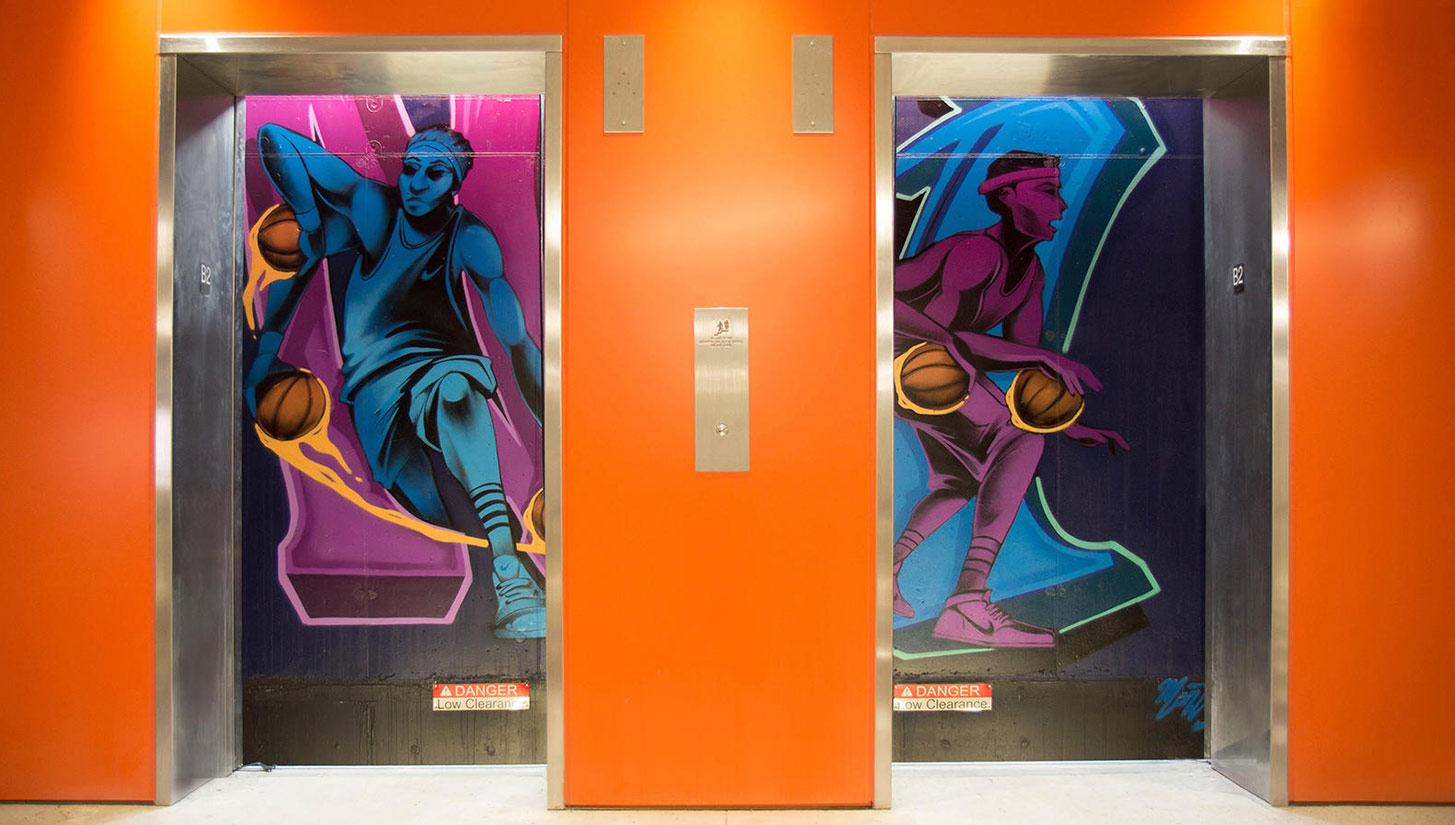
A longtime Oregonian, Ashley Montague was raised by artists, giving him a childhood immersed in creativity. Describing himself as a lifelong child, Montague’s “all-day recess” as an artist has led to working with brands like Adidas, Nike, and the University of Oregon football team.
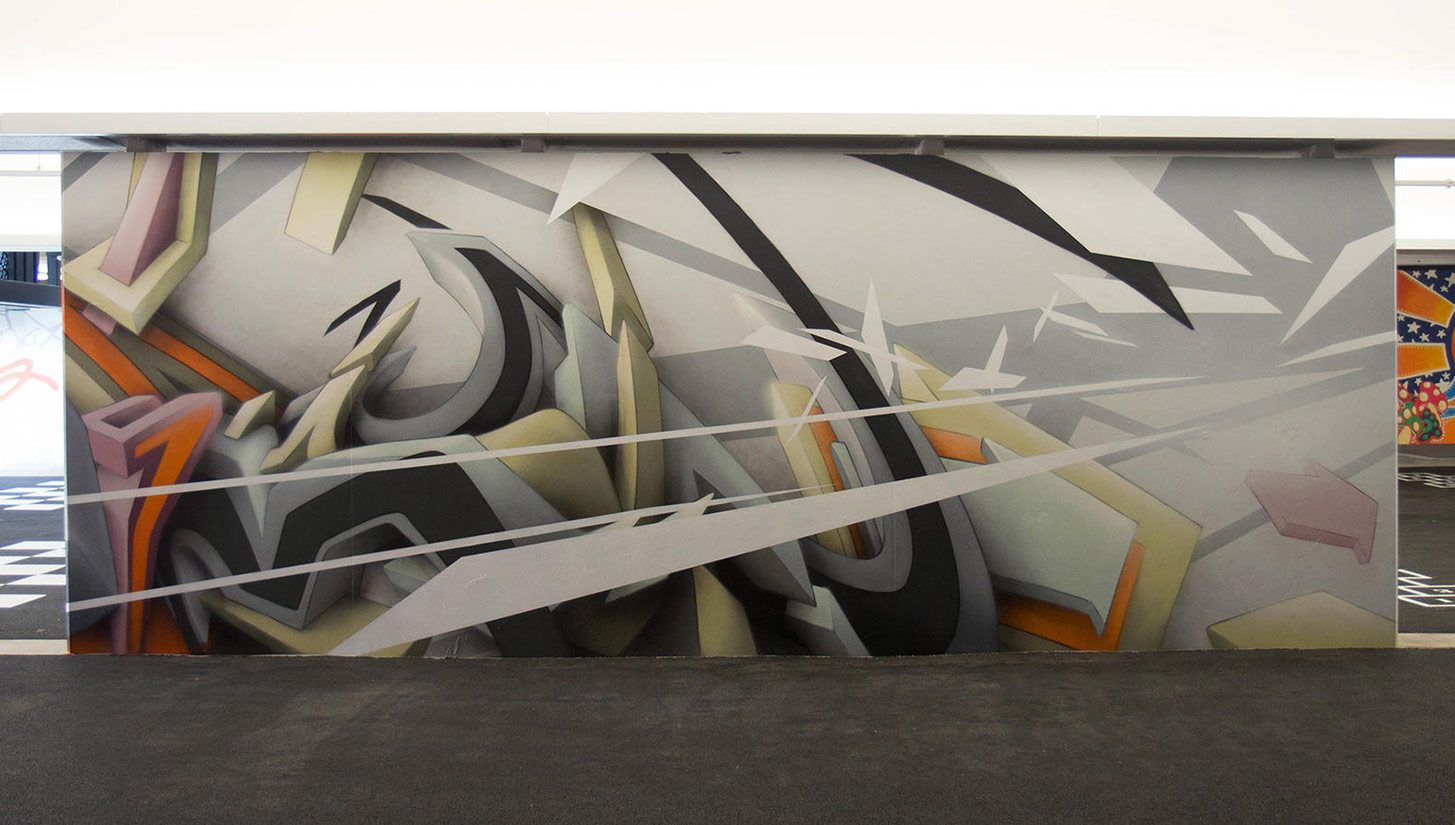
German artist DAIM’s large three-dimensional murals have captivated audiences worldwide. While you could describe many of his works as abstract, DAIM maintains that they are a form of self-portrait, with each one impacted by his personality.
Urban Pitch: What got you into graffiti and street art?
Tones One: I’ve been drawing ever since I was a young kid. But graffiti allowed me to get on a wider scale by painting walls. It was a way for me to share my work with the public on a larger surface. Also it was a fun and creative getaway from the regular life. I was driven by the need to go out and explore new places and meet new people. Graffiti has been taking me to so many places and got me meeting so many faces.
Yoon Hyup: I think it was when I went to a skateboard shop for the first time in 1996. There was a lot of skate graphics and graffiti on the walls. Inspired by that, I had fun with drawing letters, making collages with skate magazines, and making covers for mixtapes which I recorded from the radio. When I turned 20, I learned computer graphics and would create t-shirts and album covers for musician friends around me. One day I ended up going to a party called Afroking. There were DJs, b-boys, MCs and live painting. This was my first time watching someone paint live and it was amazing. Later, they let me join them and we would hang out, live paint and exhibit works from me and my friends. This was when everything started for me. It wasn’t about making money, this felt more like having fun, sharing information and playing with real friends doing what we wanted to do.
SP One: During the ’70s and ’80s when I was growing up in New York City, graffiti was in its heyday and covered everything. So you just got used to it and eventually everyone had a tag and wrote their name in the schoolyard at one point. Some of us kept on with it and started painting trains and highways.
Paola Delfin: As I grew up I explored with different media, painting, and drawing, but it was always on a small surface. It was by “accident” that I got introduced to street art, when I was working on a project that demanded me to work on a big wall. I fell in love with this new media, not only because it expanded my work possibilities but also because it let me share the process with an audience, which has allowed me to improve myself as an artist and also as a human.
Ashley Montague: I have always been drawing and into creating art by default because of being raised by two artists. As for graffiti, murals and street art, I’d say it had to be hip-hop. Seeing the visuals on tapes and records, as well as in movies like Breakin‘ and Beat Street really made that art form sink in for me.
DAIM: I was already interested in graffiti for some years and had been driving through the streets of Hamburg to take pictures of walls. One afternoon I sat in my room with two friends, and our eyes caught some spray cans that were originally meant for painting my skateboard and we ran out in broad daylight and painted a little transformer station. From that moment on I knew exactly that I didn’t want to do anything else other than painting. It was exactly what I had always been searching for.
At what point did you realize — damn, I’m really good at this?
Tones: I have always looked up to the mentors and the ones that came before me. I do value their opinion a lot. They are not the type of people that will gas each other up, they keep me humble. Plus there are so many talented artists doing great things, the only person I’m competing with is myself. I see a lot of hype and I just don’t want to be caught up in it. This can be distracting from self-improvement. You never get good enough in a way. You are constantly improving and that’s what makes graffiti amazing to work with.
SP One: When I started creating my own letterforms in ninth grade was when I really started to get the hang of it. That said, I’m am constantly learning and improving to this day.
Paola: I guess I realized I really love this and I wanted it to make it my way of living, so I had to work hard (and I still am) so I could improve my work. I’m happy with the evolution so far and to be able to keep this dream going, but I’ve learned you can always be better. It is a matter of improving yourself every day.
Ashley: Ha. Well let’s just say that I’m always trying to push myself to be better every day. Maybe 13 years ago, I realized that on good days I could turn my love of creating artwork into rent and food!
What was it like working on the Nike NYC Garage?
Tones: I am very honored and grateful to have been part of this special project and to have my art on display at Nike’s newest building. My passion for graffiti grew over the years but initially, as a kid, I was really into basketball. So having a project connecting Nike to the ‘city that never sleeps’ through sport and art kind of made me feel like a kid again. Moreover, to be able to enjoy established artists’ work from my own eyes rather than on a screen is precious. Shout outs to all the 17 artists involved!
Yoon: It was a really great memory. I’m honored to create a mural at Nike’s newest building with 17 other amazing artists. Also it was very meaningful to meet and spend time with artists who I’ve respected for long time. It was incredible.
SP One: It was truly an honor to work on this project. I have worn Nike kicks almost all my life. This was one of those special projects filled with good people and good energy. A group of us were already quite close and some people I met for the first time which made for a great mix. It was also my first time to Portland, and I look forward to returning.
Paola: I’ve had the chance to work with Nike before in amazing projects, and each one was really special. I always had the chance to express myself 100 percent which I think is very important to make sure your work has a real soul. It was an amazing week, and I had the pleasure to share the days with other really talented people and experience how things work in the campus.
Ashley: The NYC garage project was a fun and challenging project for me. I designed four elevator core murals, to be seen in motion when the elevator moves. It was great to create a cohesive idea in four parts to all go together. The challenge of painting in the space was a little tricky to see scale, because you were always looking up. In the end, it was pretty amazing to see the artwork move! Taking breaks to absorb the other artists’ murals was pretty great as well. So much talent poured into one area.
How do you develop your unique style as an artist? Where do you look to for inspiration?
Tones: Practicing letters on a daily basis. I exchange a lot of ideas with my crew partners, Rey and Hews. Just like any other activity it requires discipline if you want to improve. Comics, music, travels, personal heritage, and experiments are the elements I get inspiration from. I try to mix all of these to produce something fun and creative.
Yoon: I like finding inspiration from city landscape or skating. I also get many ideas from music. When I listen to jazz, I think of balance that exists between regularity and irregularity, and when I listen to funk, I feel like diverse energies are connected as one. Regardless of whether it’s music or dance or skateboarding, they share something in common. They all have rhythm and the freedom of improvisation, which is what I like the most.
SP One: I get inspiration from all over the place — from vintage Hallmark greeting cards to old spray paint colors to fireworks graphics. Deconstructing and creating letterforms and the space around them is what drives me to create illustrations, collages, murals and paintings.
Paola: I think developing a style is the most difficult part of being an artist, and the only way of getting to find it is to experiment a lot. To fail and to feel frustrated many times is also part of it, and I had a lot of these moments, until I found a way of working that made me feel connected to myself. It has allowed me to say what I wanted to say, and it’s been changing with me through every experience.
Ashley: I guess I’ve never thought that I had a specific style. Folks tell me that when they see pieces of mine on the street they know its me, which is pretty rad to hear! I feel style happens naturally for each person — you can push and pull it in many directions, yet your own always shines through.
What is your favorite project you’ve ever worked on?
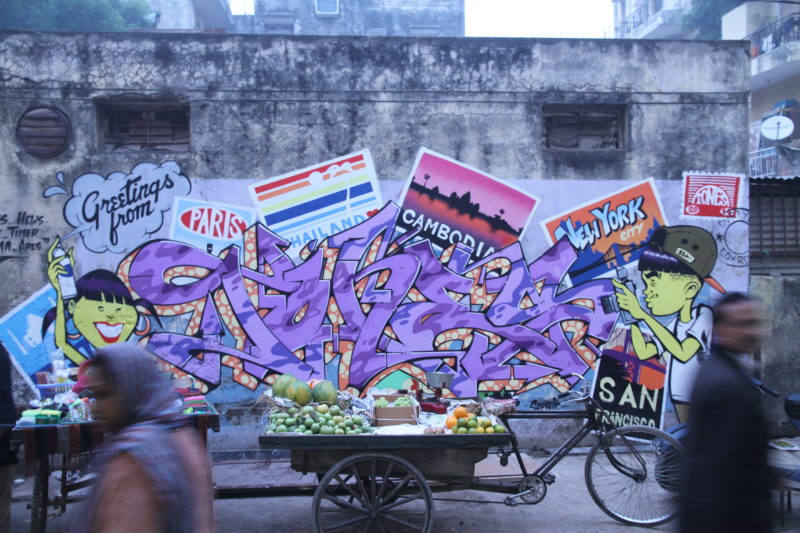
Tones: My favorite project is always the next one. But I’ve got to say “Spraycation” was a cool experience. In 2014 I had the opportunity to challenge my art to different local populations in India, Thailand and Cambodia. It was a great experience to bridge the gap between cultures.
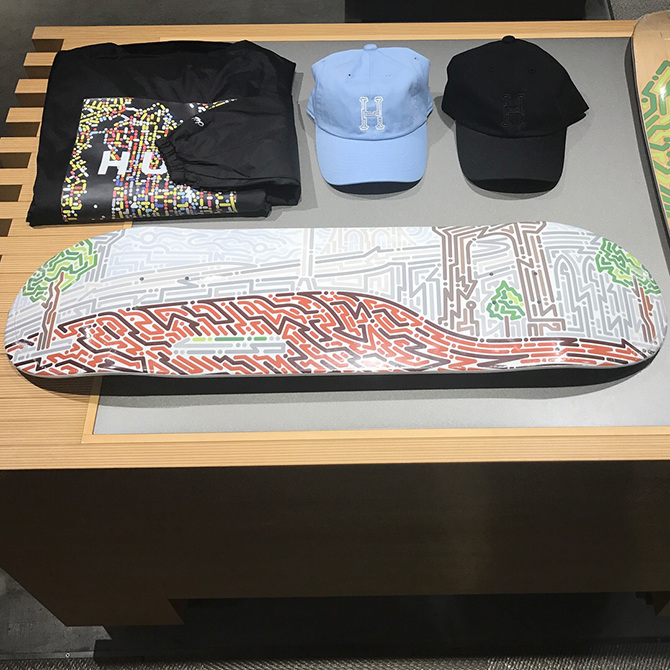
Yoon: I can’t pick just one. Nike NYC Garage was a great project. Also it was great to make the cover artwork for Ella Fitzgerald’s album from Verve Records. HUF also released clothing with my artwork and also opened my exhibition. There are a lot more projects I liked to work with and it all happened naturally. They fit my personality and they gave me freedom to express myself.
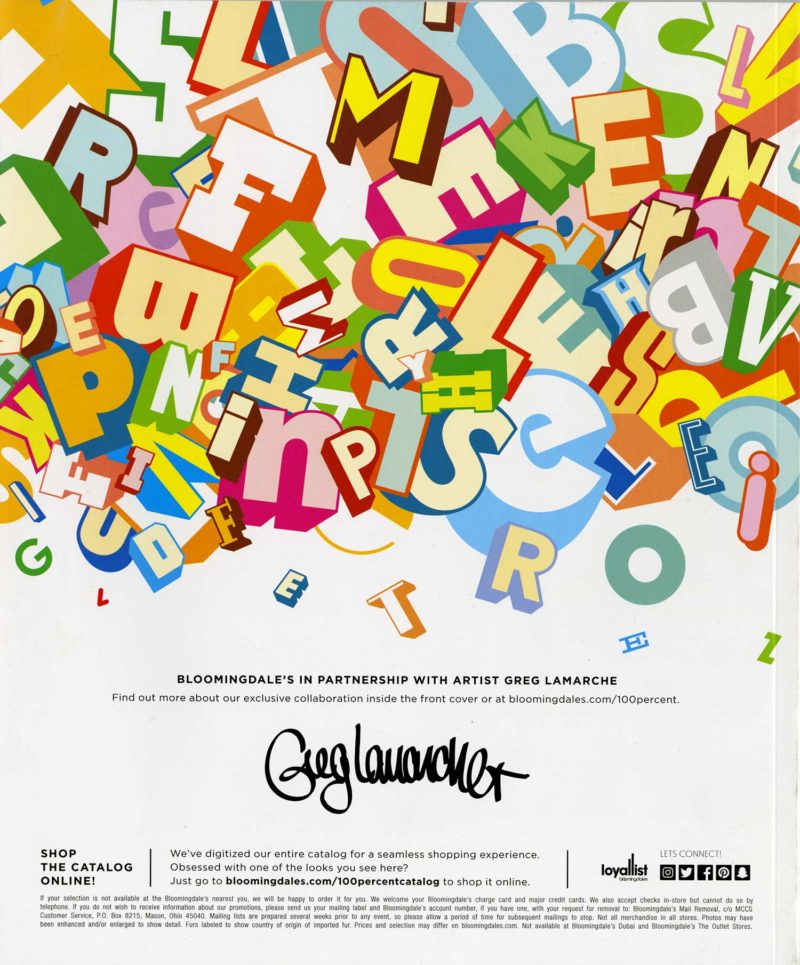
SP One: A couple that come to mind are the mural I created for the Mural Arts Program in Philly, creating one of my letter/collage murals in Brewerytown. The Coney Island project back in 2005 was epic and it’s very cool to have stuff still running there. But the biggest project was the fall 2016 campaign for Bloomingdales, where we created a capsule collection of products with my art on them as well as the main window display on Lexington Avenue, in-store signage, catalogue art, and a re-design of the iconic brown bag.
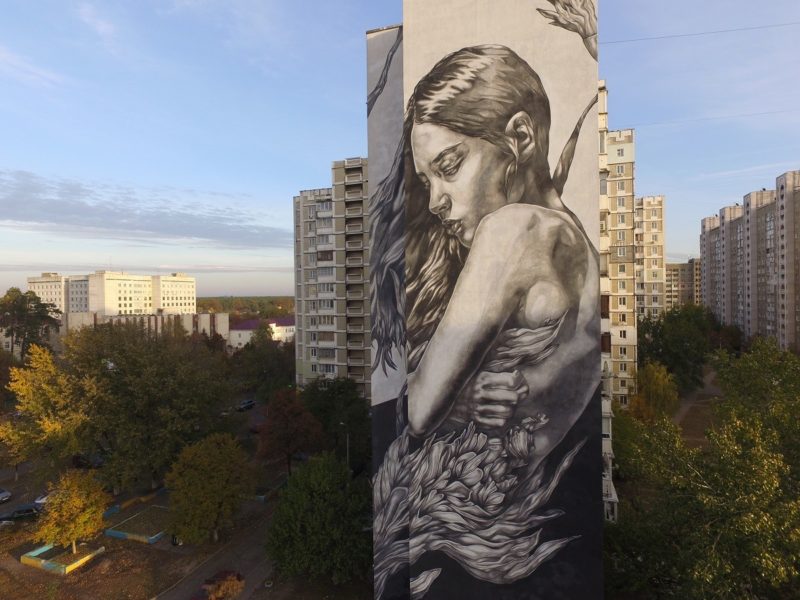
Paola: Every project I’ve worked on is special in its own way. I’ve learned with each one of them. I can mention the one that was most challenging for me was the giant building I painted on in in Kiev, Ukraine. I had to paint a 40-meter building with a hanging swing which was super scary. It was during October so it was really cold too. It was very difficult but it made me very happy. I showed myself I could do that and it’s very rewarding.
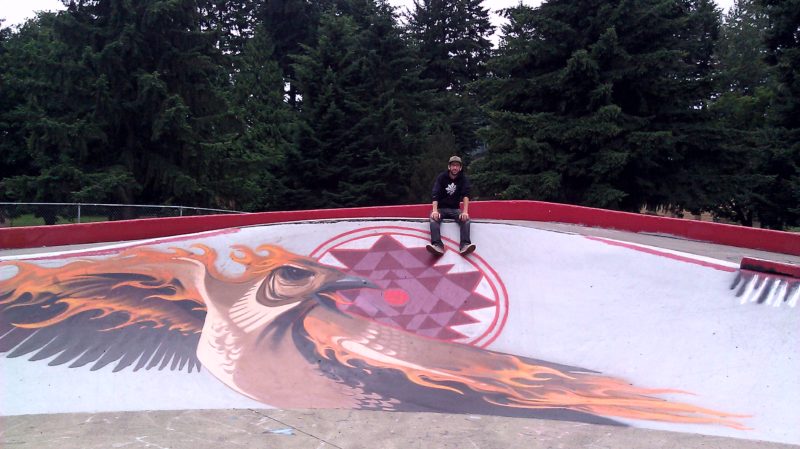
Ashley: Thats a tough one, because every project has its great times. I guess what stands out for me is painting skateparks. Mainly because I skated heavy half of my life, and it’s rad to know that my visuals are adding to inspiration of kids ripping.
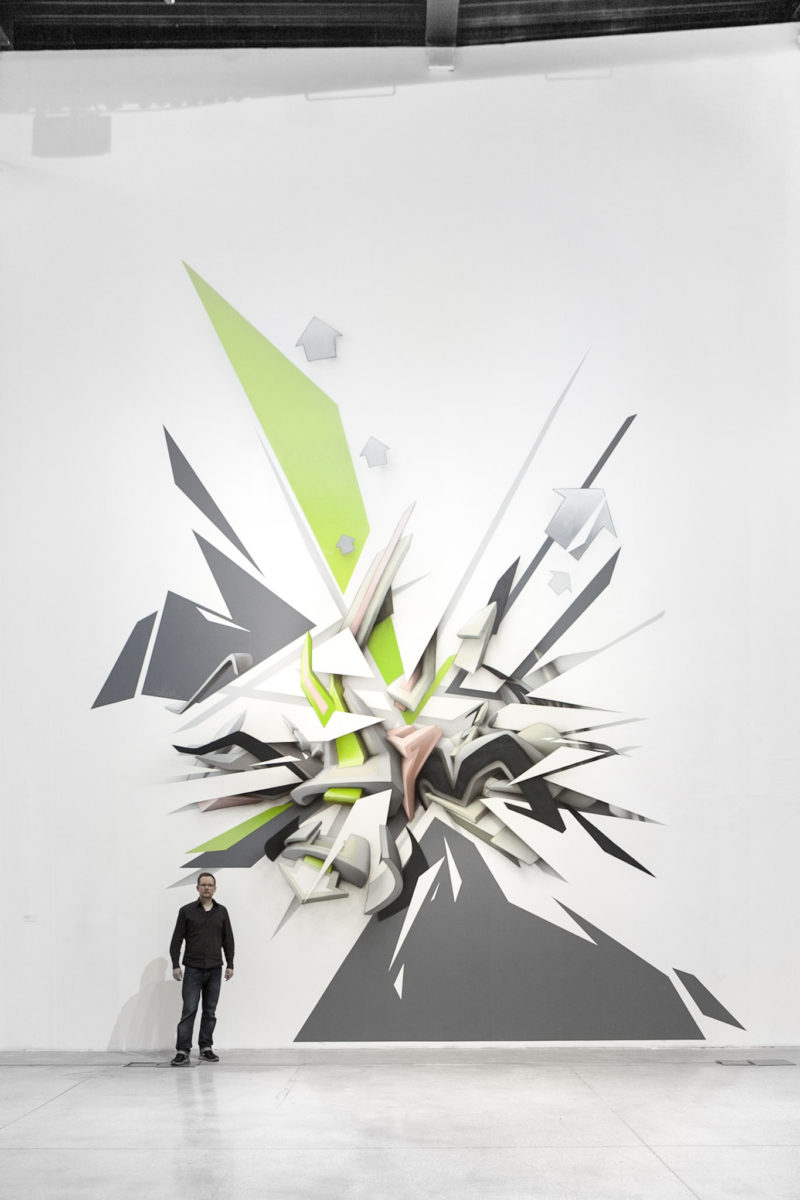
DAIM: It is hard to pick out one favorite project of my career. But I really liked the project “Frontier – The Line of Style”, which was a project promoted by the city of Bologna. A more recent project that I really liked was the exhibition “Cross the Streets”, a multimedia exhibition at the Museum of Contemporary Art in Rome that was exploring the history of street art.
What has your journey been like from beginner to globally-recognized artist working on projects with Nike and other huge brands?
Tones: Sure, it is great feeling to see that more and more people get interested in my work as time goes by. But there is still always so much more to do. As an artist, there is so much room for improvement, ’cause at the end there is no finish line.
Yoon: Everything wasn’t easy when I began to express myself outside. Also it’s hard when I tried to do something new or bigger. But it’s all about working hard and challenging myself and I think it’s the best lesson. Luckily I had talented friends who inspired me and shared good opportunities. I’d like to say thanks to all who supported me and my works and also thanks to my wife and talented designer, Dohee.
SP One: It’s been quite a ride to be a graffiti writer as a teenager and have that experience evolve into a successful career over time. I worked with lots of well known companies and entities over the past 20 years and have been lucky enough to have traveled for many of these various projects. Having these experiences and building with good people has been more amazing than I could have imagined as a kid painting trains in tunnels.
Paola: I began painting and drawing in my room, and when I decided I wanted to dedicate my life to do what I love the most I didn’t have any clue of how to do it. Nobody teaches you how, not even with a “regular” job, so I knew I had to work hard and believe in myself. I started working on a lot of free projects to find myself new jobs, meet people, and travel. I started to get more work, and get invited to new projects, and I’ve been lucky enough to be invited by brands that really believe in artists and love art. Nike is a great example of it — I think it is a mix between working hard, trusting yourself, and believing.
Ashley: Well like I said, on good days you get rent and food from drawing, and on the other days, you just draw for the love of it.
DAIM: After seven years of being engaged in the graffiti scene I felt I really needed to see the bigger picture. I went to study fine arts at the Lucerne University for Applied Sciences and Arts, where I was able to crucially expand my work on canvas and as a sculptor. Another realization that I gleaned from my art studies was the necessity of giving attention to the presentation of the work. In the public sphere, the perception of the work is a given. But in the interior space? We didn’t merely want to hang a few canvases on the wall. We were seeking a more comprehensive form of presentation.
From around 2005 onward, there were increasingly more participations in my exhibitions and they became more important. My works changed in a manner that would not have been possible in the context of the street. I worked almost exclusively in museums and less in gallery spaces where the sales aspect is dominant. I still perceive the museum space as a public space. And I keep trying to conquer this space with its very distinctive requirements in new ways over and over again. In that way I had enough room for thoughts and freedom to create new works.
For more on these talented artists, be sure to follow them on Instagram: Tones One, Yoon Hyup, SP One, Paola Delfin, Ashley Montague and DAIM.
Interviews have been edited for clarity and length.






